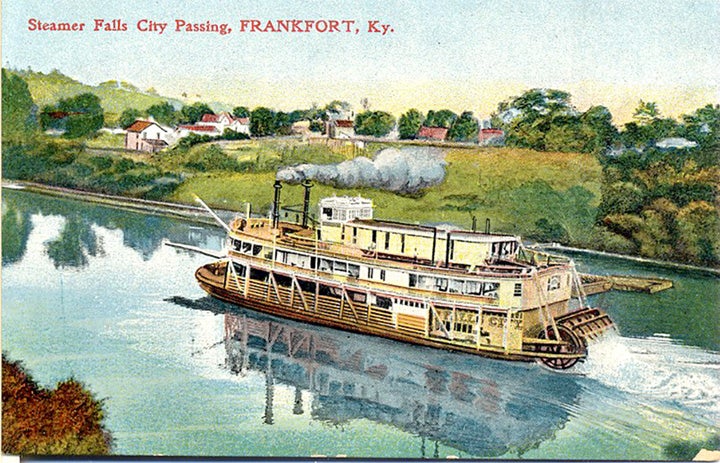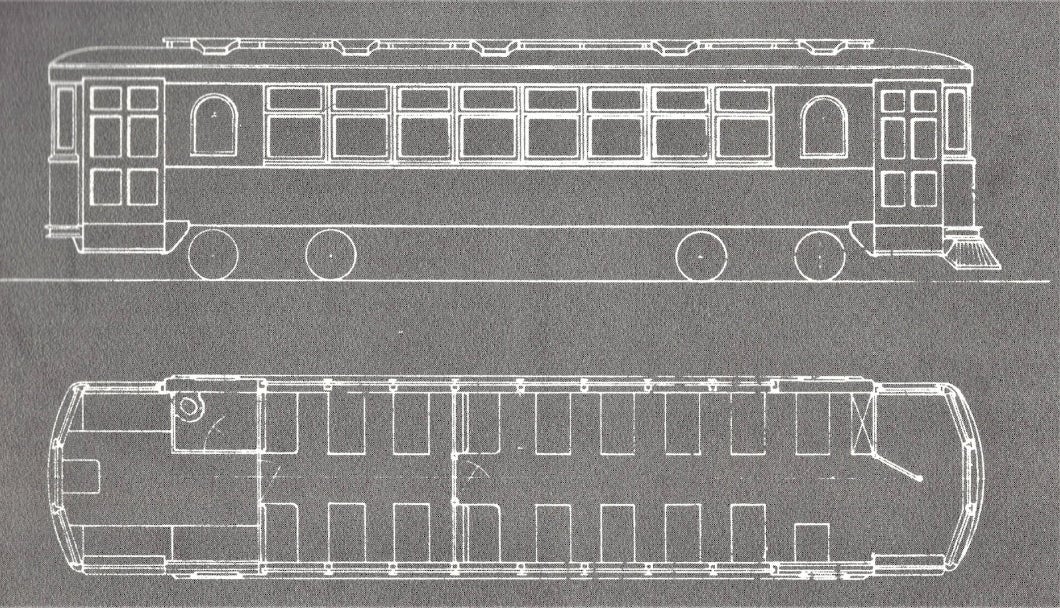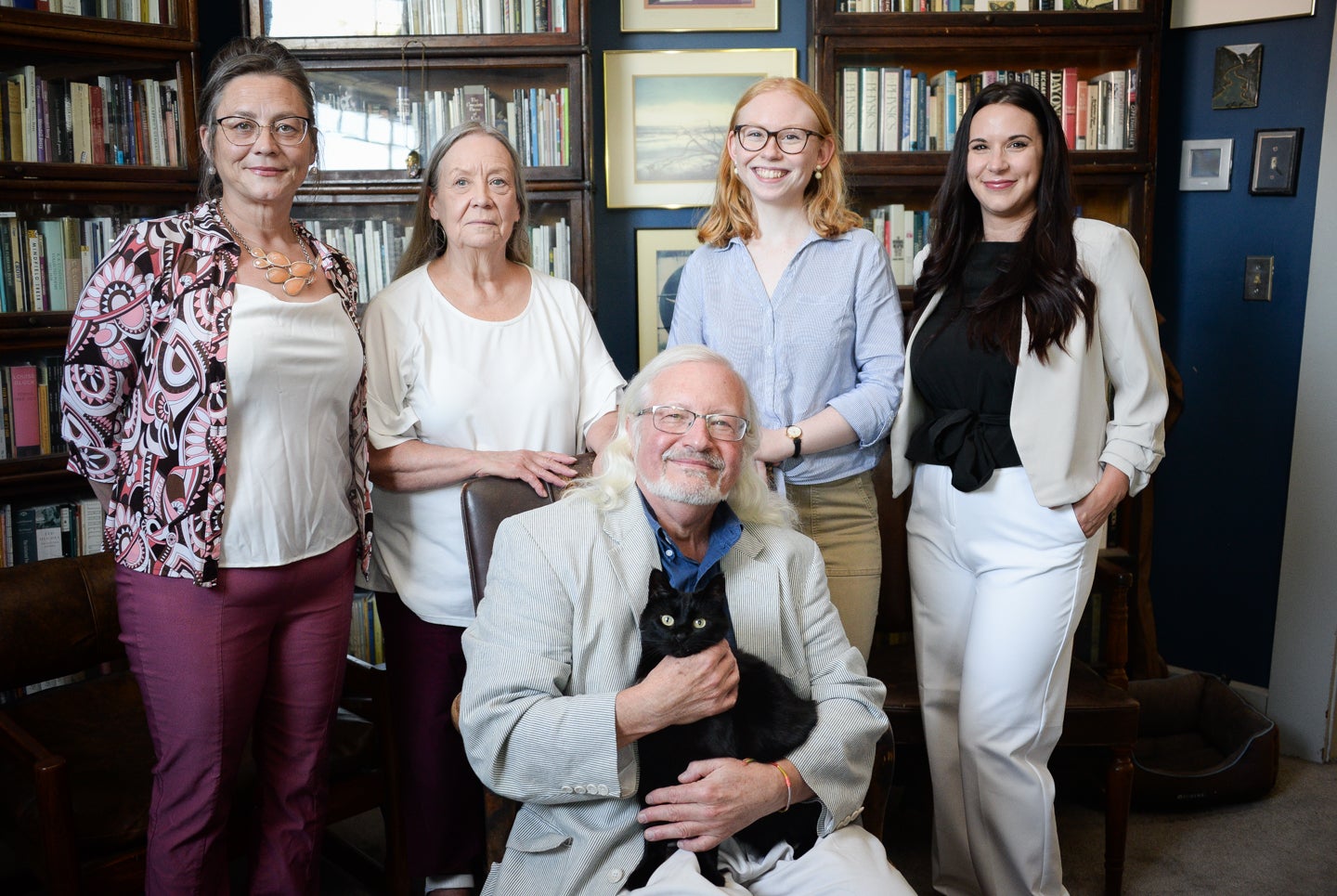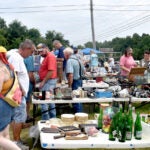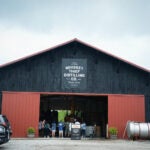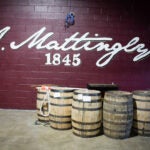By Charles H. Bogart
For the first 100 years of Frankfort’s existence, the Kentucky River was the transportation artery by which goods and people came to and left Frankfort. And, for the first two decades of this period, it was manpower that moved the boats that traveled the Kentucky River; however, the last eight decades of the 19th century saw steam used as the means to power Kentucky River boat traffic.
During most of the 19th century, much of the Kentucky River was a wild river. Its flow of water was governed by the whims of mother nature. A common saying about the 19th century-Kentucky River above Frankfort was that, for navigation purposes, the river could not be used for three months because it was frozen, for another three months due to it being in flood. And, the remainder of the year, there was not enough water to float a toothpick.
Despite this pessimistic view, steam-powered sternwheeler packet boats and towboats annually ascended the Kentucky River to Beattyville. These packet boats were based out of Louisville, Kentucky, or Madison, Indiana. Among the men and women reaching Frankfort by packet boat was Abraham Lincoln who was on his way to Lexington, Kentucky, to settle his father-in-law’s estate.
During the period 1836 to 1842, the commonwealth of Kentucky built five locks and dams on the Kentucky River: Carrolton, Lockport, Monterey, Frankfort and Tyrone. These five dams, with their 38-feet by 145-feet lock chambers, allowed almost year-round navigation of the lower Kentucky River, but they also governed the size of packet boat that could operate on the river.
The normal Kentucky River packet boat, thus, had a beam of 36-feet and length of 135-feet. The packet boats generally had three decks — main deck, where the boiler was located and the cargo carried; the boiler deck, located directly above the boilers where passengers were accommodated; and the hurricane deck where the officers were quartered and the pilothouse was attached. The boiler deck is said to have been so named because that is where the boiler would be found if it exploded.
At the beginning of the 20th century, the head of Kentucky River packet boat operations had become Shakers Landing, 55 miles above Frankfort. There were 136 designated steamboat landings between Frankfort and the Ohio River and 37 between Frankfort and Shakers Landing. A total of 28 steamboat landings were located in Franklin County, from Stigger’s at the northern end of the county to Glenns Creek at the southern end. At these landings, packet boats dropped off and picked up every imaginable product that a farmer and his family needed or produced.
Packet boats operating on the Kentucky River were said to be in the tramp trade, for much of their business came from people hailing them from the river bank to move some product to some other location. Thus, the amount of business a packet boat could expect to undertake during a roundtrip from Louisville to Shakers Landing and back was, to some extent, an unknown quantity.
The last packet boat to operate on the Kentucky River in the Louisville-Shakers Landings Tramp Trade was the sternwheeler Falls City. It was built in Cincinnati in 1898 for the Louisville & Kentucky River Packet Company. Falls City was 132-feet long with a beam of 33-feet. It had a draft of 6 feet when fully loaded and was powered by two boilers. Falls City ran in the Louisville-Shakers Landing trade from 1898 to 1907.
In February 1908, with Falls City unable to cover its expenses trading on the Kentucky River, it was sold south for trading out of Vicksburg, Mississippi. The last report of Falls City’s existence was in 1916 when it was reported sitting abandoned on the riverbank at Vicksburg.
Around 1905, Falls City was immortalized when an unknown photographer took a photo of her from the grounds of the Kentucky State Arsenal, steaming upriver for Shakers Landing. This photo was then converted into a color postcard, which for many years was sold in Frankfort. Today, the Capital City Museum has one of its display rooms dedicated to showing how important the Kentucky River was to the development of Frankfort.

